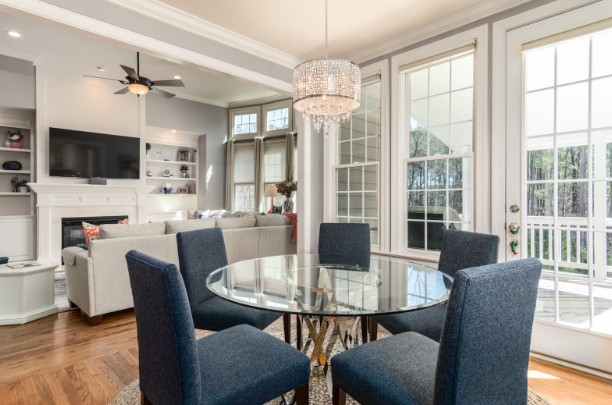Home renovation projects are often seen as a creative, exciting venture, allowing families to transform their environment and increase the enjoyment of their living spaces. However, for households battling with hoarding, the prospect of renovating can be daunting. This article provides practical home renovation tips for dealing with hoarding and sheds light on how families can transform cluttered spaces into functional and aesthetic settings.
Understanding the Nature of Hoarding
Hoarding is a multifaceted issue where individuals accumulate excessive items and struggle to let go of possessions, often leading to severely cluttered living environments. These cluttered spaces can become hazardous, reducing the functionality of the home and posing health and safety risks. Despite being recognized as a mental health disorder, hoarding remains misunderstood by many, particularly within families who may not realize the full extent of its impact. The consequences can range from emotional stress to physical dangers, including fire hazards or unsanitary conditions. Without proper awareness and support, families may find it challenging to address the issue effectively and create a healthier living environment.
The Conversion from Clutter to Functional Spaces
One of the challenges families dealing with hoarding face is translating their cluttered spaces into functional environments. An essential first step is assessing the extent of the hoarding situation. Recognise the types of objects being hoarded - this could range from books and clothes to more obscure items like wrappers or junk mail. Recognition allows families to devise effective strategies to address the hoarding.
Once a comprehensive evaluation is done, it's time to declutter. This task may sound overwhelming but can be made manageable through categorisation. Divide the items into four distinct categories: Keep, Sell or Donate, Recycle, and Dispose. Implementing a systematic approach not only declutters but also aids in reorganizing the space efficiently.
Home Renovation Strategies
During the actual renovation phase, using clever design techniques can help accommodate a hoarder's needs while providing an aesthetically pleasing ambience. Listed below are a few strategies to transform cluttered areas successfully:
Storage Solutions
Adequate storage solutions are essential for keeping a space tidy and clutter-free, as they allow belongings to be neatly organized and out of sight. Installing custom cabinets, shelves, or wardrobes can help ensure that items have designated places, preventing disarray. Additionally, maximizing hidden storage areas, such as utilizing space beneath the bed or using furniture with built-in storage, can offer practical solutions for maintaining an organized home.
Lighting and Color
A well-lit room paired with thoughtful color choices can significantly enhance the feeling of space and tranquility. Light, neutral tones like whites, creams, and soft grays lend a fresh, open appearance, helping the room feel more expansive. Combining different types of lighting, such as ambient, task, and accent lighting, not only illuminates the space effectively but also adds depth and dimension.
Flooring and Furniture
Choose flooring materials that are both durable and easy to maintain, like laminate or vinyl, which are practical for high-traffic areas. To avoid clutter, keep furniture to a minimum and select multi-functional pieces that serve more than one purpose, such as storage ottomans or sofa beds. These strategies help create a cleaner, more organized space while maximizing functionality and convenience.
Wall Finishes and Decoration
Choose paint or wallpaper that is easy to clean and maintain, ensuring your walls remain fresh and free from stains. Limit the use of excessive wall decorations, as they can visually constrict the space and gather dust, making cleaning more challenging. This approach not only helps maintain a tidy appearance but also contributes to a more spacious and open feel in your home.
Themes of Minimalism and Organisation
The principles of minimalism could be a lifeline for families dealing with hoarding. Emphasizing functional design and simplicity, minimalism encourages individuals to declutter their spaces and keep only what is necessary. Remember, each item in the house should serve a purpose or bring joy.
Long-term Maintenance Tips
After completing the renovation, maintaining the state of the newly transformed space is crucial. Develop a maintenance schedule with daily, weekly, and monthly tasks. This will prevent hoarding behaviors from recurring and help keep the space in its top shape.
Bringing in Professional Help
Families facing a severe hoarding disorder should consider seeking professional help. This could be a professional organizer, or a cleaning service specializing in hoarding situations. They can provide the support necessary to manage the clutter and guide the home renovation process in a more controlled way.
Final Thoughts
While hoarding can make home renovation seem like an uphill task, it doesn't have to be. These home renovation tips for dealing with hoarding can be invaluable in transforming cluttered spaces into functional, pleasant homes. It is vital to remember that patience, empathy, and understanding are critical during this transformation journey. With time, perseverance, and appropriate assistance, families dealing with hoarding can create spaces that they love and cherish.










